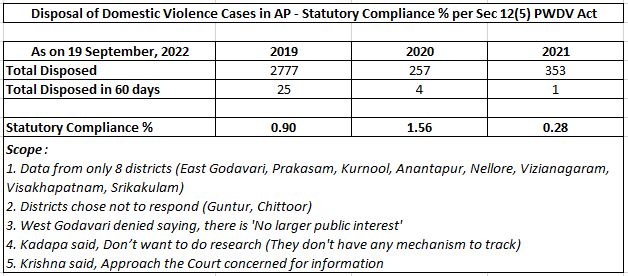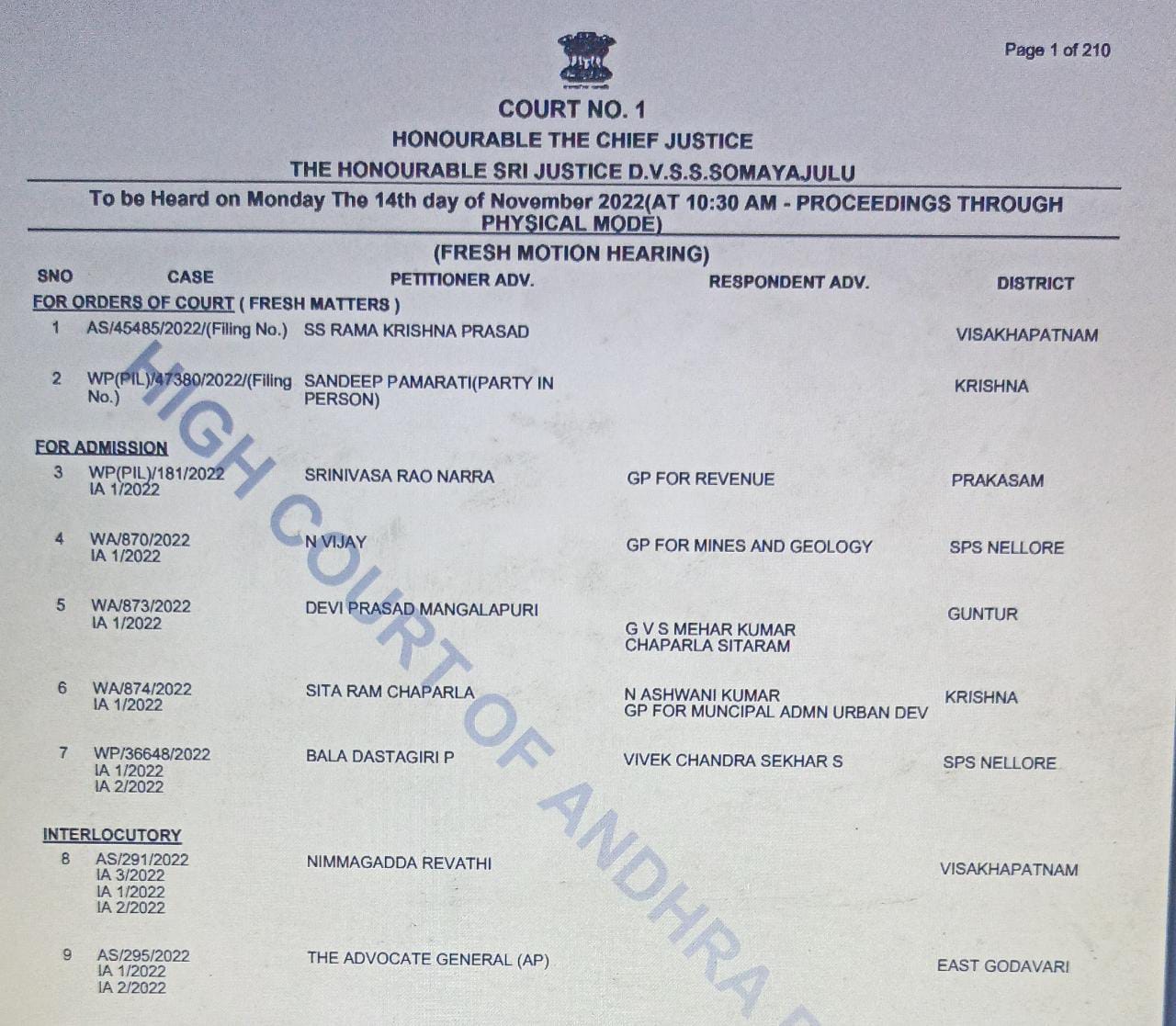A division bench of Apex Court held as follows:
From Para 10,
10. The judgment of the Division Bench of the High Court of Himachal Pradesh is incomprehensible. This Court in appeal found it difficult to navigate through the maze of incomprehensible language in the decision of the High Court. A litigant for whom the judgment is primarily meant would be placed in an even more difficult position. Untrained in the law, the litigant is confronted with language which is not heard, written or spoken in contemporary expression. Language of the kind in a judgment defeats the purpose of judicial writing. Judgment writing of the genre before us in appeal detracts from the efficacy of the judicial process. The purpose of judicial writing is not to confuse or confound the reader behind the veneer of complex language. The judge must write to provide an easy-to-understand analysis of the issues of law and fact which arise for decision. Judgments are primarily meant for those whose cases are decided by judges. Judgments of the High Courts and the Supreme Court also serve as precedents to guide future benches. A judgment must make sense to those whose lives and affairs are affected by the outcome of the case. While a judgment is read by those as well who have training in the law, they do not represent the entire universe of discourse. Confidence in the judicial process is predicated on the trust which its written word generates. If the meaning of the written word is lost in language, the ability of the adjudicator to retain the trust of the reader is severely eroded.
11. We are constrained to remit the proceedings back to the High Court for consideration afresh. The judgment of the High Court is simply incomprehensible leaving this Court with no option than to remand the proceedings. The High Court must appreciate the delay and expense occasioned as a consequence and must make an effort to record reasons which are understood by all stake-holders.
From Para 13,
13. Amidst an overburdened judicial docket, a view is sometimes voiced that parties are concerned with the outcome and little else. This view proceeds on the basis that parties value the outcome and not the reasoning which constitutes the foundation. This view undervalues the importance of the judicial function and of the reasons which are critical to it. The work of a judge cannot be reduced to a statistic about the disposal of a case. Every judgment is an incremental step towards consolidation and change. In adhering to precedent, the judgment reflects a commitment to protecting legal principle. This imparts certainty to the law. Each judgment is hence a brick in the consolidation of the fundamental precepts on which a legal order is based. But in incremental steps a judgment addresses the need to evolve and to transform by addressing critical issues which confront human existence. Courts are as much engaged in the slow yet not so silent process of bringing about a social transformation. How good or deficient they are in that quest is tested by the quality of the reasons as much as by the manner in which the judicial process is structured.
From Paras 16, 17 and 18,
16. A judgment culminates in a conclusion. But its content represents the basis for the conclusion. A judgment is hence a manifestation of reason. The reasons provide the basis of the view which the decision maker has espoused, of the balances which have been drawn. That is why reasons are crucial to the legitimacy of a judge’s work. They provide an insight into judicial analysis, explaining to the reader why what is written has been written. The reasons, as much as the final conclusion, are open to scrutiny. A judgment is written primarily for the parties in a forensic contest. The scrutiny is first and foremost by the person for whom the decision is meant – the conflicting parties before the court. At a secondary level, reasons furnish the basis for challenging a judicial outcome in a higher forum. The validity of the decision is tested by the underlying content and reasons. But there is more. Equally significant is the fact that a judgment speaks to the present and to the future. Judicial outcomes taken singularly or in combination have an impact upon human lives. Hence, a judgment is amenable to wider critique and scrutiny, going beyond the immediate contest in a courtroom. Citizens, researchers and journalists continuously evaluate the work of courts as public institutions committed to governance under law. Judgment writing is hence a critical instrument in fostering the rule of law and in curbing rule by the law.
17. Judgment writing is a layered exercise. In one layer, a judgment addresses the concerns and arguments of parties to a forensic contest. In another layer, a judgment addresses stake-holders beyond the conflict. It speaks to those in society who are impacted by the discourse. In the layered formulation of analysis, a judgment speaks to the present and to the future. Whether or not the writer of a judgment envisions it, the written product remains for the future, representing another incremental step in societal dialogue. If a judgment does not measure up, it can be critiqued and criticized. Behind the layers of reason is the vision of the adjudicator over the values which a just society must embody and defend. In a constitutional framework, these values have to be grounded in the Constitution. The reasons which a judge furnishes provides a window – an insight – into the work of the court in espousing these values as an integral element of the judicial function.
18. Many judgments do decide complex questions of law and of fact. Brevity is an unwitting victim of an overburdened judiciary. It is also becoming a victim of the cut-copy-paste convenience afforded by software developers. This Court has been providing headings and sub-headings to assist the reader in providing a structured sequence. Introduced and popularized in judgment writing by Lord Denning, this development has been replicated across jurisdictions.
From Paras 20, 21, 22, 23 and 24,
20. It is also useful for all judgments to carry paragraph numbers as it allows for ease of reference and enhances the structure, improving the readability and accessibility of the judgments. A Table of Contents in a longer version assists access to the reader.
21. On the note of accessibility, the importance of making judgments accessible to persons from all sections of society, especially persons with disability needs emphasis. All judicial institutions must ensure that the judgments and orders being published by them do not carry improperly placed watermarks as they end up making the documents inaccessible for persons with visual disability who use screen readers to access them. On the same note, courts and tribunals must also ensure that the version of the judgments and orders uploaded is accessible and signed using digital signatures. They should not be scanned versions of printed copies. The practice of printing and scanning documents is a futile and time-consuming process which does not serve any purpose. The practice should be eradicated from the litigation process as it tends to make documents as well as the process inaccessible for an entire gamut of citizens.
22. In terms of structuring judgments, it would be beneficial for courts to structure them in a manner such that the “Issue, Rule, Application and Conclusion‟ are easily identifiable. The well-renowned “IRAC‟ method generally followed for analyzing cases and structuring submissions can also benefit judgments when it is complemented by recording the facts and submissions.
23. The “Issue” refers to the question of law that the court is deciding. A court may be dealing with multiple issues in the same judgment. Identifying these issues clearly helps structure the judgment and provides clarity for the reader on the specific issue of law being decided in a particular segment of a judgment. The „Rule‟ refers to the portion of the judgment which distils the submissions of counsel on the applicable law and doctrine for the issue identified. This rule is applied to the facts of the case in which the issue has arisen. The analysis recording the reasoning of a court forms the “Application‟ section.
24. Finally, it is always useful for a court to summarize and lay out the “Conclusion‟ on the basis of its determination of the application of the rule to the issue along with the decision vis-à-vis the specific facts. This allows stakeholders, especially members of the bar as well as judges relying upon the case in the future, to concisely understand the holding of the case.
Finally from Para 27,
State Bank of India and Anr Vs Ajay Kumar Sood on 16 Aug 202227. While we have laid down some broad guidelines, individual judges can indeed have different ways of writing judgments and continue to have variations in their styles of expression. The expression of a judge is an unfolding of the recesses of the mind. However, while recesses of the mind may be inscrutable, the reasoning in judgment cannot be. While judges may have their own style of judgment writing, they must ensure lucidity in writing across these styles.


